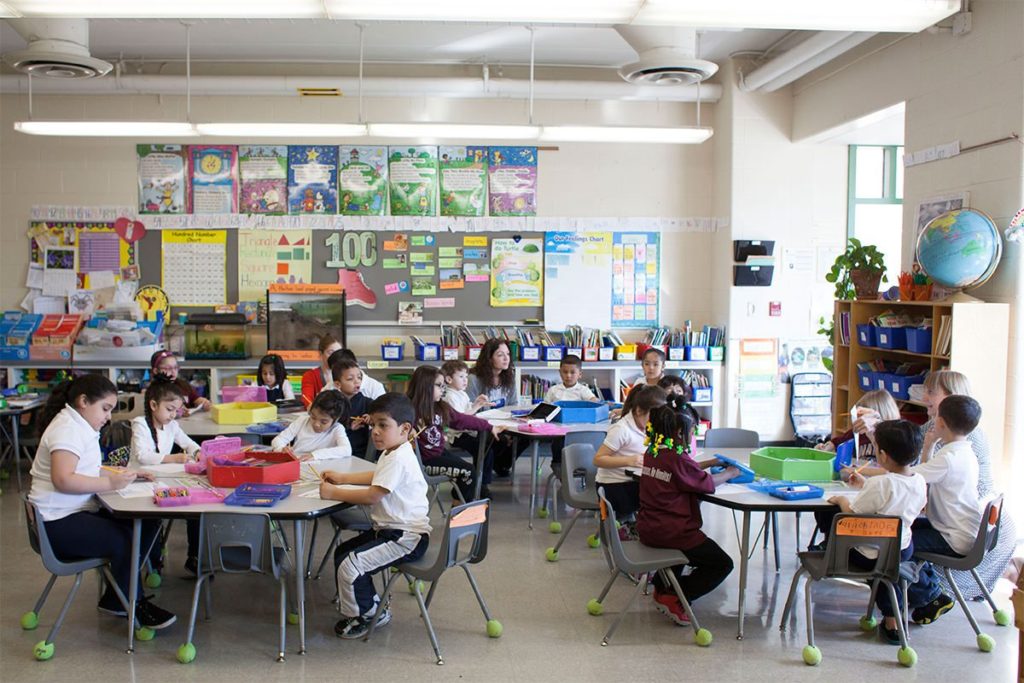There has never been more focus on ventilation in school buildings. This leads to the obvious question – what do we actually know about ventilation in schools, and how important it is?
Many studies use indoor CO2 to characterize ventilation, because the primary source in a school building is people breathing, and the outdoor concentration is relatively stable. A recent review article by Fisk (link below) reported that ALL studies in schools found average CO2 of over 1000 ppm, a sign of a poorly ventilated space (outdoor CO2 is roughly 400 ppm).
The ventilation problem in schools: literature review
This is no surprise to anyone who has spent time in school buildings. Fisk suggests that reasons include attempts to lower energy bills, noisy ventilation systems turned off so kids can hear, and older and poorly maintained systems. I would add overcrowded classrooms.
As the representative for Aircuity, Air Equipment Company has been working with design engineers and school districts to use real-time CO2 measurement for ventilation control in schools for over 20 years. Adding additional ventilation air to the spaces that have the highest occupancy.
It is now clear that increased ventilation is needed to reduce COVID-19 transmission risks, and many schools are taking action. But even pre-pandemic, poor school ventilation was a problem for health and learning. Many studies, including the one linked below, have shown that test performance and ability to concentrate is worse with poor ventilation and inadequate thermal comfort in classrooms.
Effects of Classroom Ventilation Rate and Temperature on Students’ Test Scores
This has also been shown in office workers (study below), so teacher performance is clearly also affected.
According to the study linked below from 2015, in poorly ventilated classrooms, teachers had more difficulty concentrating and suffered from headaches, and fatigue.
It shouldn’t have taken a pandemic to give our kids and teachers a classroom ventilated sufficiently to be conducive to learning. Hopefully we now recognize that schools are critical infrastructure and that we need large and sustained investment in healthy school buildings. It is time to rethink how outdoor air is brought into schools and also how to measure and control this ventilation air based on not only the quality of the air in the school, but the quality of the ventilation air you are bringing in.
Some of the above content is credited to Jon Levy, Chair, Environmental Health, Boston University School of Public Health




